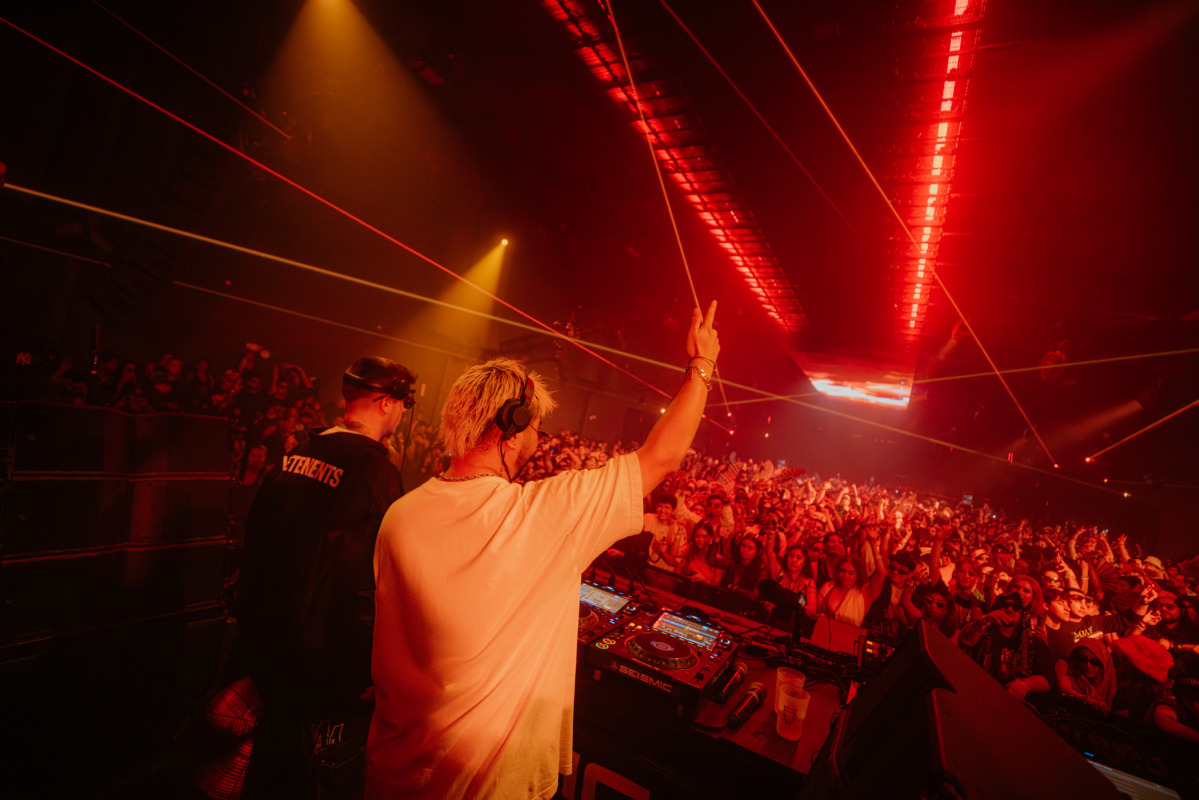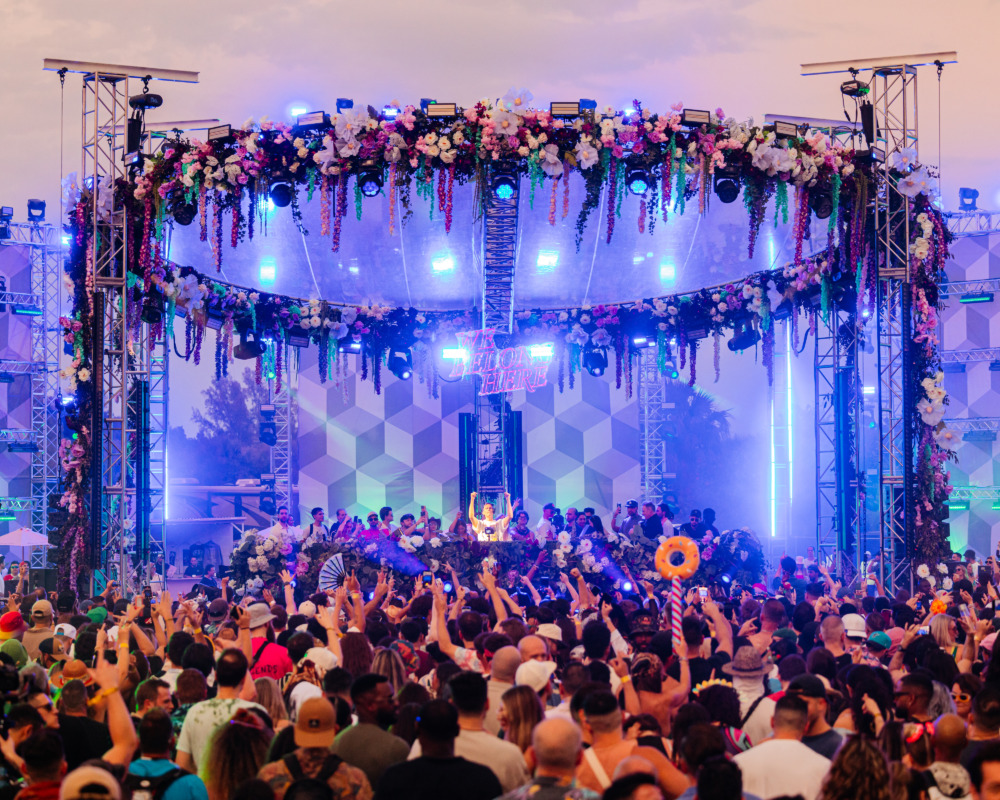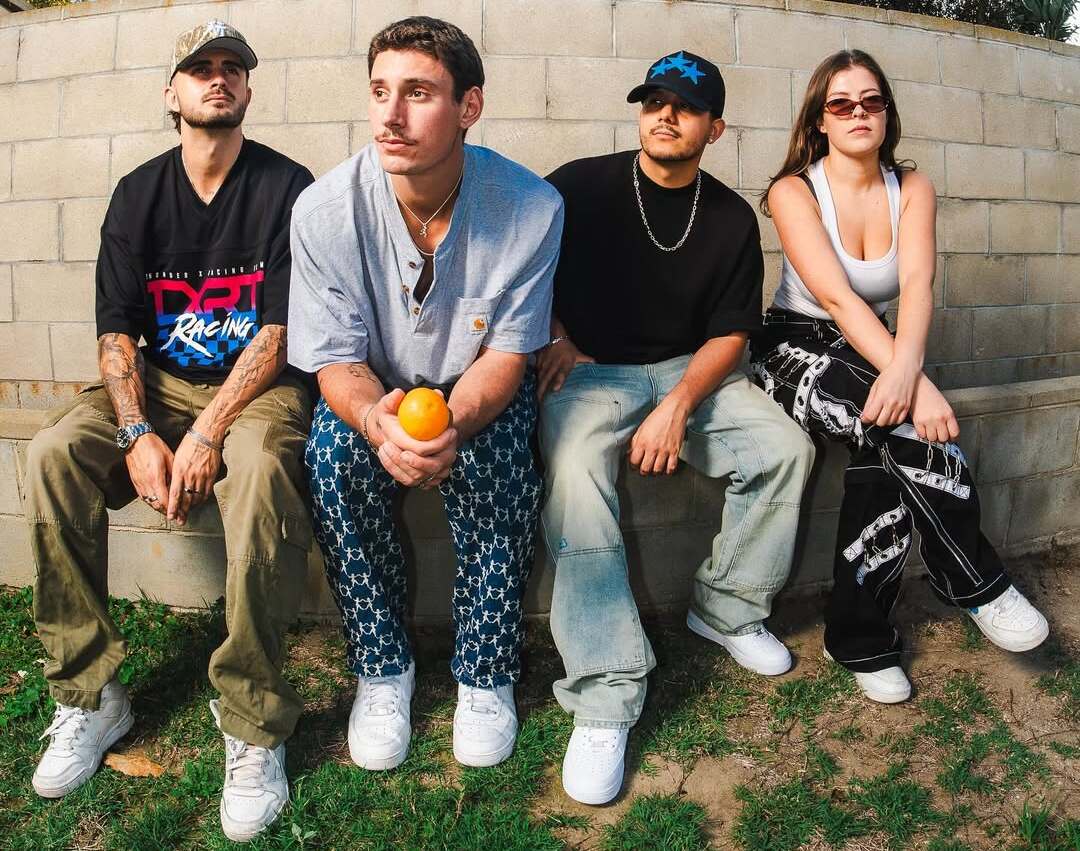If you’re interested in learning the new music, or even if you just want to get into it for the first time, put together a short list of the biggest Spanish electronic dance music artists and their usual signature sounds. The main genre of Spanish electro-dance music, known as ‘disco’, has plenty in common with popular hip-hop. The beats are fast, the songs are funky and there’s plenty of them! (Disco is pronounced ‘day-sau’?)
In this respect, both styles are quite similar – the lead guitar’s break, the rhythm is driving and the vocals are sometimes hard to understand. But despite the similarities in style, it’s also important to recognise the differences. For example, while hip hop and Spanish pop music tend to be very loud and aggressive, with a strong dark side; salsa is much quieter, with a more relaxed tone. So it can be said that whilst there are some common elements, the differences between the styles are often crucial to make the right choice.
A typical characteristic of Spanish techno music is the heavy use of ‘digitally mixed sounds’. These are samples of sounds processed through various computer programs and come in the form of beats, sounds, samples and so on. By digitizing music, producers are able to make new tracks sound completely fresh and different from popular songs already heard on the radio or TV today. As well as being used on their own, these ‘digitally mixed sounds’ can be used in conjunction with traditional instruments to create a new type of sound.
As aforementioned, many leading Spanish DJ’s have become known across the UK and Europe due to the styles of music they produce. One of the most popular forms of Spanish electronic dance music is called Losada. It’s known for its mixture of reggae, pop, folk and hip-hop. Another producer of similar style is Jose Maran, who is based in north London. He has won numerous accolades and has built a reputation as one of the most famous producers in the world.
Other names given to Spanish trance include Cumbia and Volta. A younger generation of producers are coming up like Junior Sanchez and Paco Pena. These younger producers are less concerned with traditional audio samples and more focused on producing chill out, tech-swing, dancehall and other forms of Spanish house and techno music. Many clubs and DJs now promote Spanish techno and EDM in an effort to broaden their musical tastes and appeal. This has resulted in a huge growth in popularity, which has increased both demand and supply.
If you’re looking for a good place to start with looking for a good Spanish DJ, try asking your friends or colleagues if they’ve heard of any good Spanish DJs. You can also ask around in local bars and clubs. Usually if someone knows of someone that may be a good DJ, they will be happy to tell you about them. Another way is to try surfing the internet. Searching for Spanish electronic dance music DJ will give you thousands of results and you’ll need to weed out the bad ones to find the good ones.
If you are looking for a Spanish DJ to manage a big club night, try contacting a record label that promotes dance music. A good record label will offer a low fee to a talented Spanish DJ and this will allow you to promote your own Spanish artist or band. If you’re lucky, the DJ may also be interested in signing you to a Spanish radio station, as there is now a large community of Spanish DJ’s all over the world.
A good Spanish DJ will know how to mix tracks from salsa, Latin & cool Jazz, reggaeton and other cool beats. He or she will know how to play at different venues, on the dance floor and also off-the-floor, making for a memorable night for your guests. For a new start, you can start off by playing a small selection of salsa songs or maybe some kid’s songs and see if you get a reaction. If you don’t get a response, you may have to do some tweaks to the original so you get a high response and then you can ask to be recorded with a Spanish DJ trance song for your own record label.


